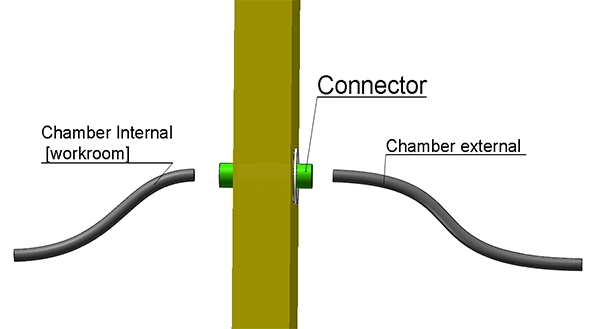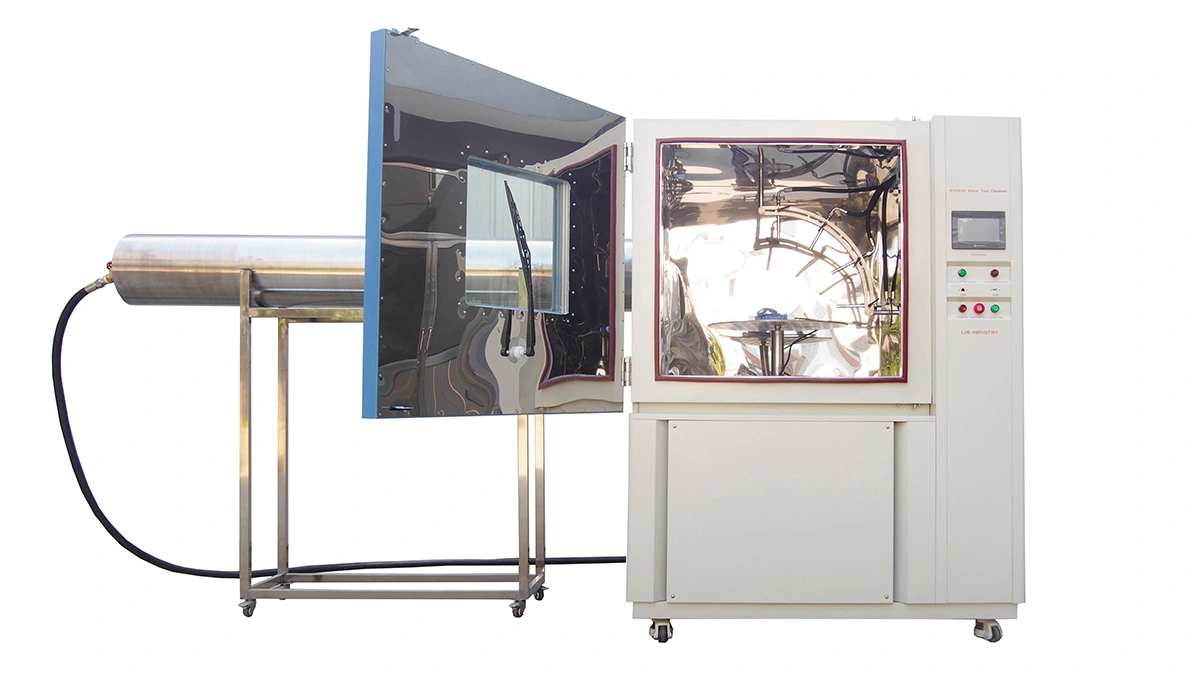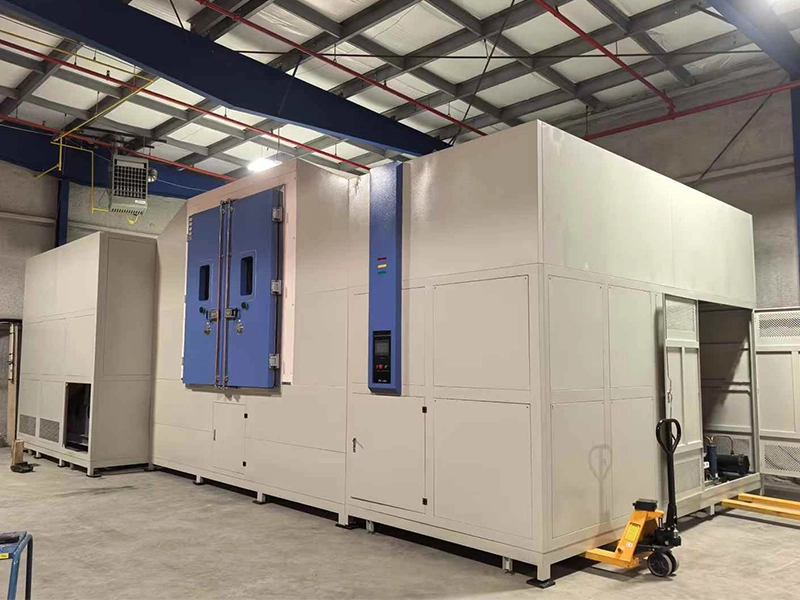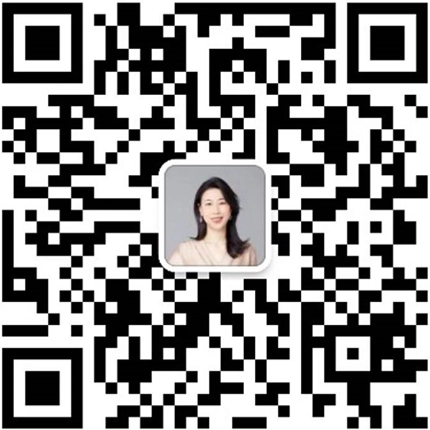
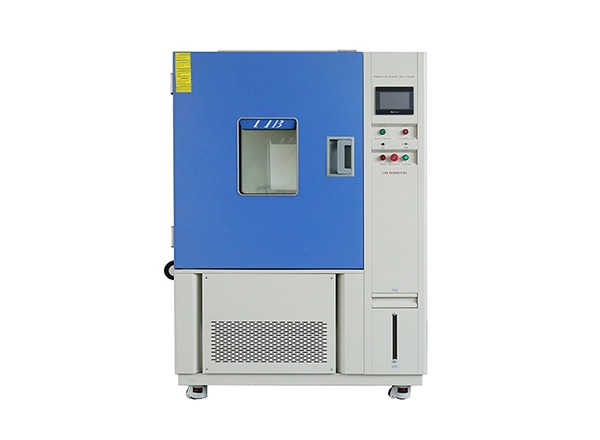
The xenon test chamber is an important device used for weather resistance tests of materials. It conducts accelerated aging tests on materials by simulating UV, visible light and infrared radiation in sunlight. The selection of the filter determines the wavelength range of the light, and the radiometer must correspond one-to-one with the spectrum produced by the filter in order to accurately monitor the irradiation intensity.
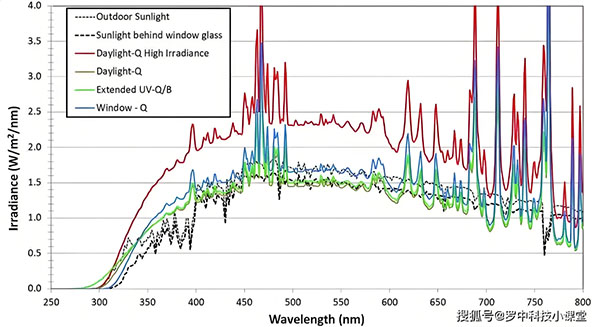
This article will introduce three commonly used types of filters in xenon test chambers and analyze the corresponding radiometers. Finally, LIB shows you the customized xenon test chamber with multiple filters/radiometers.
The spectral range output by xenon lamps can cover UV rays, visible light and infrared rays. However, in actual experiments, the spectrum needs to be adjusted through a filter to meet different standards and testing requirements. The three commonly used filters in the LIB xenon test chamber are as follows:
Simulate typical outdoor sunlight exposure conditions, retain UVB, UVA and visible light components, and the spectral distribution is highly matched with natural sunlight.
Application fields: Widely applicable to the weather resistance testing of outdoor materials (such as building exterior walls, automotive parts, photovoltaic materials, etc.), meeting most ISO and ASTM aging test standards.
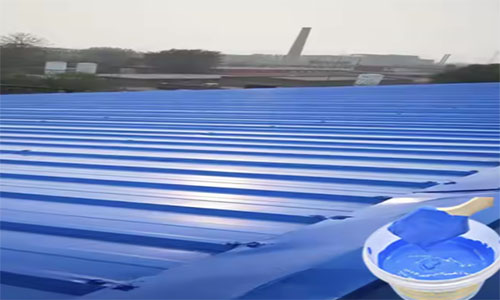
Corresponding radiometer: 340nm UVA radiometer
Simulate the spectral environment after sunlight passes through ordinary window glass, mainly retaining the UVA and visible light parts.
Application fields: Aging tests of products used in indoor environments, such as furniture, interior fabrics, plastic parts, electronic screens, etc.
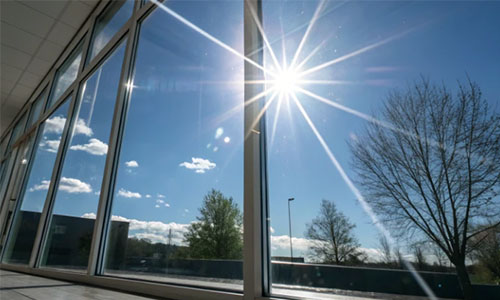
Corresponding radiometer: 420nm radiometer
The transmission of short-wave UV rays is enhanced on the basis of standard daylight, especially in the UVB and even some UVC regions, where the UV irradiation intensity is higher.
Application fields: It is suitable for high-demand material degradation testing, such as aerospace, military materials, UV-resistant plastics and other fields.
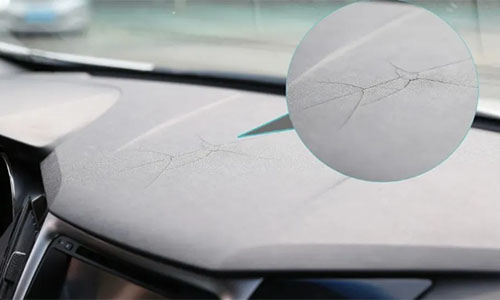
Corresponding radiometer: 300-400nm wide-band UV radiometer or dedicated UVB radiometer
Some users may mistakenly believe that "different band tests can be completed simply by replacing the filter" when purchasing equipment. However, in actual operation, if the matching radiometer is not replaced, problems such as spectral mismeasurement, control failure, and non-compliance with standards will occur.
Therefore, every time a filter is replaced, a radiometer that matches its wavelength band must be replaced or added accordingly.
If the user wishes to switch the following three types of filters in the same xenon test chamber:
340nm UVA radiometer
420nm visible light radiometer
300-400nm wide-spectrum UV radiometer
LIB offers a customizable multi-filter + multi-radiometer integrated xenon test chamber, enabling flexible switching of multi-band testing and ensuring test accuracy and efficiency.
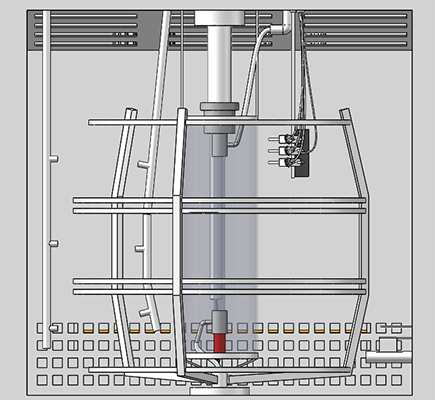
Multi-filter switching system: Supports the switching of 1 to 3 types of filters.
Radiometer interlocking control system: When switching the filter, it can be switched to the corresponding band of radiometer on the controller. Achieve efficient and accurate photoaging control.
Multi-channel irradiation monitoring: Real-time monitoring of irradiation intensity in different bands and automatic error correction.
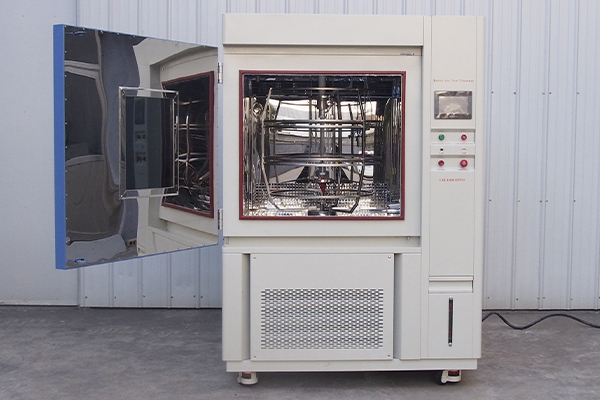
The LIB xenon test chamber offers a customized solution of multiple filters and multiple irradiometers, meeting customers' demands for multi-scenario, multi-standard and multi-band testing. If you have multi-band testing needs, please feel free to contact LIB at any time. We will provide you with professional, efficient and personalized xenon lamp testing solutions.
 English
English русский
русский français
français العربية
العربية Deutsch
Deutsch Español
Español